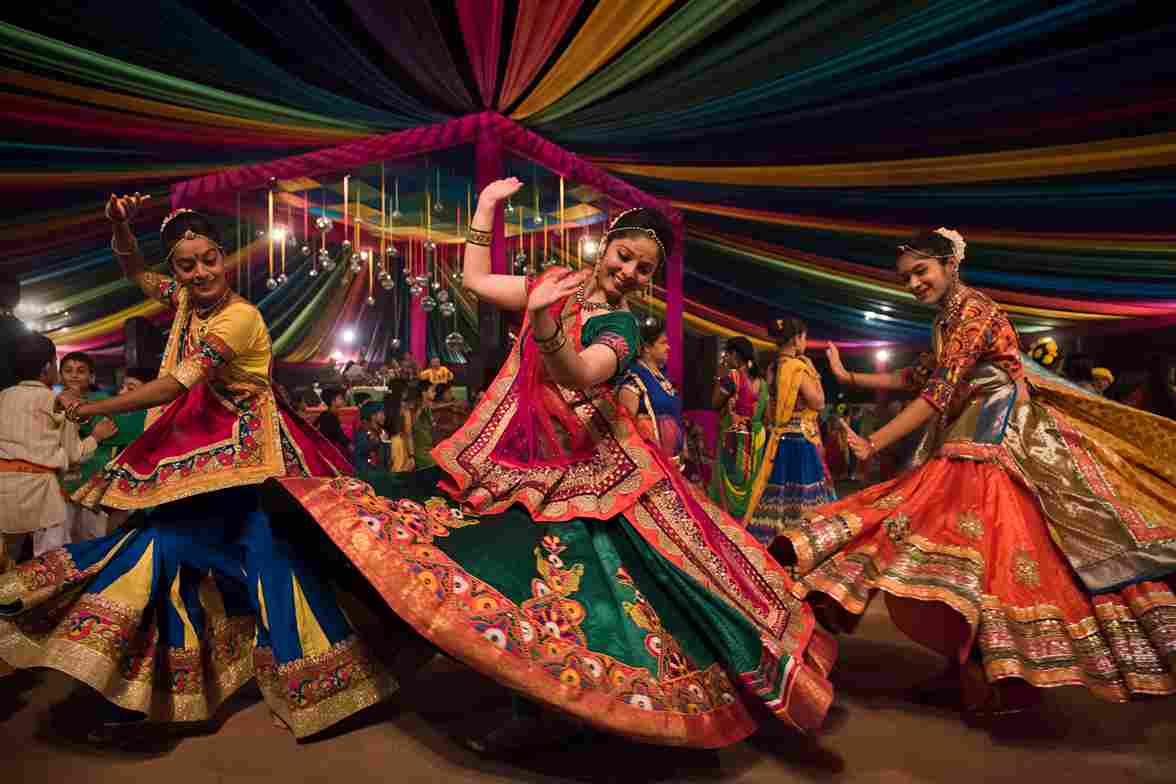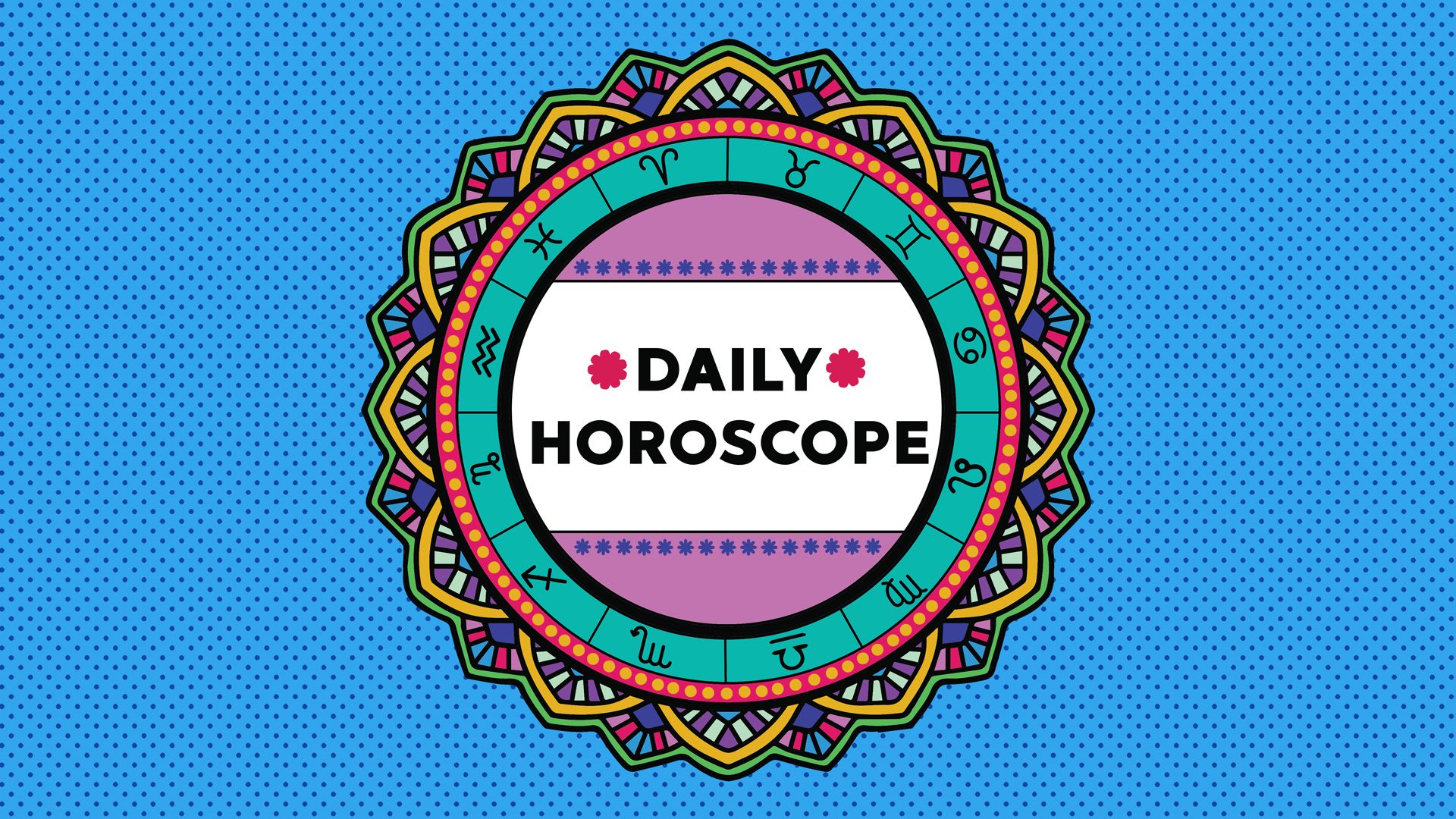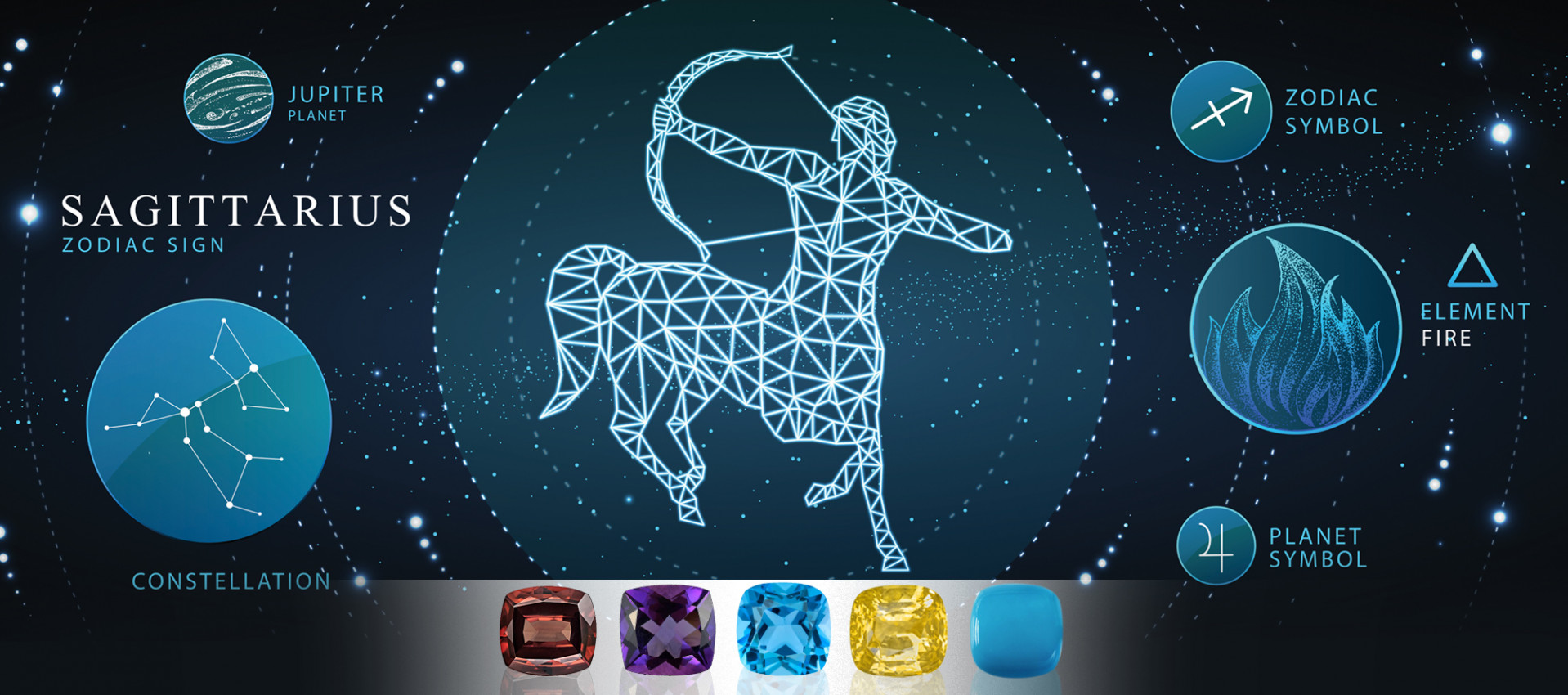Navratri, a beautiful festival celebrated with great fervor in India, is a time of vibrant colors, joyous celebrations, and spiritual significance. It's a festival that brings people from all walks of life together to honor the divine feminine energy and celebrate the victory of good over evil.
In this article, we'll take a colorful journey through the nine days of Navratri, exploring the rich symbolism of each color and understanding the deeper meanings they hold. So, get ready to immerse yourself in the hues of Navratri and discover the beauty and power behind this magnificent festival.
1.Red - First Day: Awakening the Power
We immerse ourselves in red on the first day of Navratri as a sign of Goddess Durga's might. It's an evocative reminder that we all possess the potential to awaken to life's possibilities.
2. Royal Blue: The Calm Warrior, Day Two
The second day's calm royal blue symbolizes the Goddess's calm warrior force. We look at how we might live with both serenity and strength.
3. Day 3 of Yellow: The Radiant Goddess
The bright hue yellow, which represents the dazzling Goddess, is the focus of day three. We explore the attributes of light and inner light that this hue embodies.
4. Green: Day 4: Taking Care of Nature
On the fourth day, we connect with the nurturing aspect of Goddess Kushmanda as we embrace the color green. We celebrate this day to appreciate our relationship with the environment.
5. Grey - Day 5: Life's Equilibrium
Although it may not seem like much, the color grey represents life's balance on the fifth day. We discuss how this equilibrium is critical to our path.
6. Orange: The Brave Conqueror on Day Six
The courageous Goddess Katyayani is represented by the vivid orange on the sixth day. We talk about how overcoming obstacles in life requires guts and tenacity.7. White - Day 7: Pure Devotion
Day seven is all about the pure devotion represented by the color white. We delve into the essence of unwavering faith and love.
8. Peacock Green - Day 8: Creation's Cosmic Dance
The captivating peacock green represents the cosmic dance of creation on the eighth day. We examine how all life is interrelated.
9. Purple - Day 9: The Greatest Knowledge
On the last day, the royal shade of purple stands for the highest wisdom. We talk about how important it is to live wisely.
In conclusion, the Navratri Rainbow
Upon the completion of our vibrant Navratri trip, we come to understand that every hue represents a distinct aspect of existence. Navratri serves as a celebration of unity, diversity, and spirituality while serving as a reminder of the strength and beauty of the human condition.
Frequently Asked Questions (FAQs)
1. What is the significance of Navratri?
Navratri holds immense significance as it celebrates the triumph of good over evil and the divine feminine energy. It's a time of spiritual growth, cultural festivities, and unity.
2. Why do people wear specific colors during Navratri?
Each color worn during Navratri represents a different aspect of the Goddess's energy. People wear these colors to align themselves with the divine qualities associated with each day.
3. Can anyone participate in Navratri celebrations?
Absolutely! Navratri is an inclusive festival open to people from all backgrounds. It's a time for communities to come together and celebrate the beauty of life.
4. How can one make the most of Navratri spiritually?
To make the most of Navratri spiritually, one can participate in prayers, meditations, and acts of kindness. It's also a time for self-reflection and personal growth.
5. Is Navratri only celebrated in India?
While Navratri has its roots in India, it's celebrated by Indian communities worldwide. It's a testament to the universality of its message of love, unity, and spirituality.
In conclusion, Navratri is a kaleidoscope of colors that symbolize various aspects of life and spirituality. This nine-day festival unites people in celebration, reminding us of the power, love, and beauty that permeate the human experience. So, as you celebrate Navratri, embrace the colors, embrace the festivities, and most importantly, embrace life in all its vibrant glory.


 Comments
Comments











